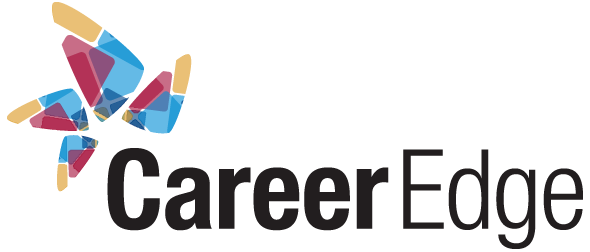
In the Greater Toronto Area (GTA) ‘s bustling job market, navigating various services can be daunting and can take a toll on your mental health. Fear not! This Employment Services guide is here to simplify your quest for job-related services, catering to both newgrads, people who are just starting their careers in the Canadian marketi alike.
Looking for a job is not easy and requires all the support you can get. Along with using our services at Career Edge, we have prepared a guide for employment services to help you navigate through what you need when looking for a job.
Bridging/Educational Programs
1. Seneca EFS (Professional Excellence in Financial Services Bridging Program): Gain expertise through Seneca’s acclaimed program, which seamlessly integrates virtual classrooms with hands-on learning opportunities.
2. York U IEP (Bridging Programs for Internationally Educated Professionals): Navigate your career transition easily through York University’s inclusive bridging programs tailored for internationally educated professionals.
3. Humber IGS (International Graduate School): Explore diverse bridging programs at Humber College, covering areas like supply chain management, IT infrastructure, etc.
5. ACCES Employment Bridging and Sector-Specific Programs: Accelerate your career trajectory with ACCES Employment’s dynamic short-term programs, offering specialized training in digital marketing, cybersecurity, healthcare, and beyond. Targetiing Job seekers looking to upskill or reskill for in-demand sectors, including digital marketing, cybersecurity, and healthcare, through short-term training programs.
6. NPower Canada: NPower Canada empowers youth with technology training and job opportunities, targeting young individuals seeking to enter the tech industry.
Career Support
1. ACCES Employment: ACCES Employment offers a range of services, including employment workshops, mentoring programs, and resources for starting a business, catering to job seekers of all backgrounds and levels of experience.
2. COSTI: COSTI supports the unemployed in Ontario, helping individuals adapt to changing times, particularly targeting those facing challenges in securing employment. COSTI also provide monthly workshops and a lot of other financial support for those who are unemployed. Find out more on COSTI’s website.
3. Times Change Women’s Employment Service: Times Change Women’s Employment Service is dedicated to supporting women in their job search and career advancement, focusing on empowering women in the workforce.
4. YMCA of Greater Toronto: The YMCA of Greater Toronto offers various employment services and job seeker support, catering to individuals of all ages and backgrounds seeking employment assistance.
5. JVS Toronto: JVS Toronto provides comprehensive employment and job search support, targeting newcomers and individuals needing career guidance and assistance finding employment opportunities.
6. HMC Connections: HMC Connections assists newcomers with employment and settlement services in the Halton region, targeting immigrants and newcomers to Canada who need support in their job search and integration process.
7. Achēv: Achēv offers employment, newcomer, language, and youth services, catering to newcomers, youth, and individuals seeking assistance in their career development and settlement in Canada.
8. Brands for Canada’s EDGE program: EDGE empowers individuals with disabilities for employment success, offering comprehensive training and ongoing support.
Language Assessment/LINC Classes
1. YMCA of Greater Toronto: Whether you want to assess your English or French skills or improve your level, the YMCA can help you.
2. Achēv: Achēv offers language services to newcomers tailored to different needs.
3. TDSB: Toronto District School Board offers a myriad of services for adults, including LINC classes for new immigrants and PR holders.
4. Welcome Centre: You can find full-time and part-time English classes offered by Welcome Centre for newcomers in Canada.
Job Boards
1. Specialisterne Canada: Specialisterne Canada empowers individuals with autism through employment opportunities, focusing on providing meaningful employment for individuals on the autism spectrum.
2. Jobs Canada: Jobs Canada connects job seekers with employment opportunities nationwide, focusing on individuals actively seeking employment across various industries.
3. Career Edge: A not-for-profit organization that helps new grads, newcomers, and people with disability find jobs by connecting them to top Canadian employers.
Finding the proper employment service in GTA is now made easy with this user guide. Dive into the plethora of options available and embark on your journey toward professional excellence.
PS. This guide will be constantly upgraded with more resources as we get them. If you’re a service provider who wishes to add your organization, feel free to contact us.




